Sculptors

Alessandro Algardi (1598–1654) – unappreciated master of the Baroque art
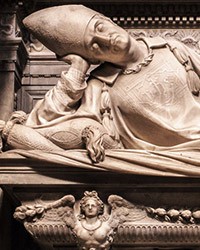
Andrea Sansovino (approx. 1467–1529) – the one who was able to bring the dead back to life
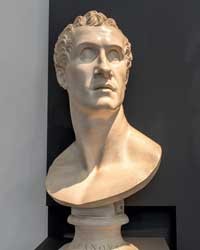
Antonio Canova (1757–1822) – praised by his contemporaries, disregarded by later generations
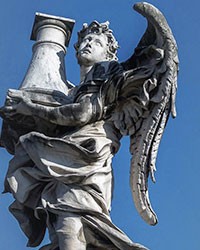
Antonio Raggi (1624–1686) – a second pair of hands for master Bernini

Bartolomeo Ammannati (1511–1592) – the beginnings of an outstanding career of a great Italian Mannerist
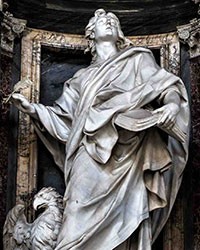
Camillo Rusconi (1658–1728) – a little known genius of the turn of the centuries
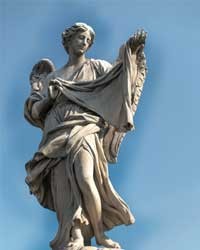
Cosimo Fancelli (1618–1688), a great, but second-tier master of the Roman Baroque
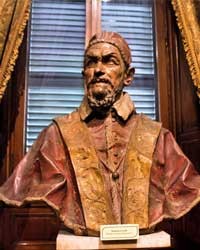
Domenico Guidi (1625–1701) – meaning Bernini in the French style
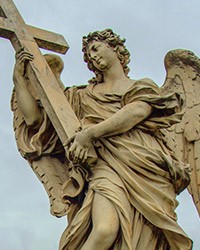
Ercole Ferrata (1610–1686) – an imitator of extraordinary talent
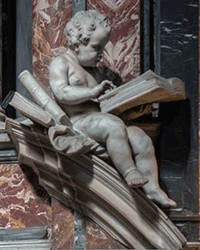
Francesco Cavallini (1640–1703) – a sculptor of garlands and swaying saints
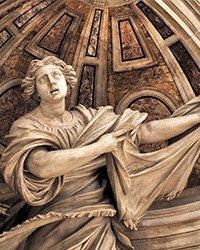
Francesco Mochi (1580–1654) – ousted, forgotten, disconsolate
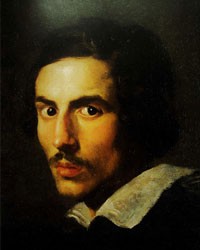
Giovanni (Gian) Lorenzo Bernini (1599–1680) – Impulsive, arrogant and ingenious favorite of the popes
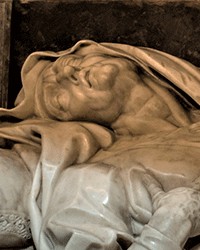
Giovanni Battista Maini (1690–1752) – elegance of late Baroque
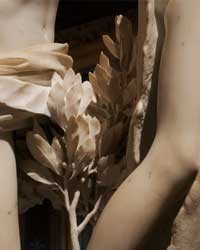
Giuliano Finelli (1602–1653) – a sculptor of lace, leaves and collars, but also more
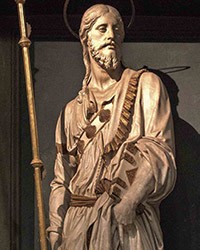
Jacopo Sansovino (1486–1570) – unappreciated in Rome, famous in Venice
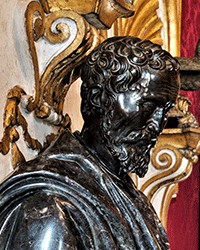
Michelangelo (1475–1564), a painter by force – divine, yet miserable
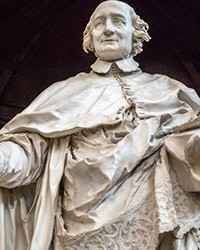
Pierre Le Gros (1666–1719) – the dramatically halted magnificent Roman career
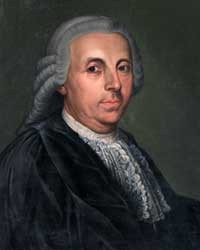
Pietro Bracci (1700–1773) – a master of elegance and theatrical gestures
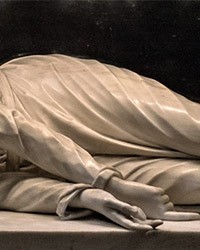
Stefano Maderno (c. 1570–1636) – an artist famous for just one statue
Zgodnie z art. 13 ust. 1 i ust. 2 rozporządzenia Parlamentu Europejskiego i Rady (UE) 2016/679 z 27 kwietnia 2016 r. w sprawie ochrony osób fizycznych w związku z przetwarzaniem danych osobowych i w sprawie swobodnego przepływu takich danych oraz uchylenia dyrektywy 95/46/WE (RODO), informujemy, że Administratorem Pani/Pana danych osobowych jest firma: Econ-sk GmbH, Billbrookdeich 103, 22113 Hamburg, Niemcy
Przetwarzanie Pani/Pana danych osobowych będzie się odbywać na podstawie art. 6 RODO i w celu marketingowym Administrator powołuje się na prawnie uzasadniony interes, którym jest zbieranie danych statystycznych i analizowanie ruchu na stronie internetowej. Podanie danych osobowych na stronie internetowej http://roma-nonpertutti.com/ jest dobrowolne.